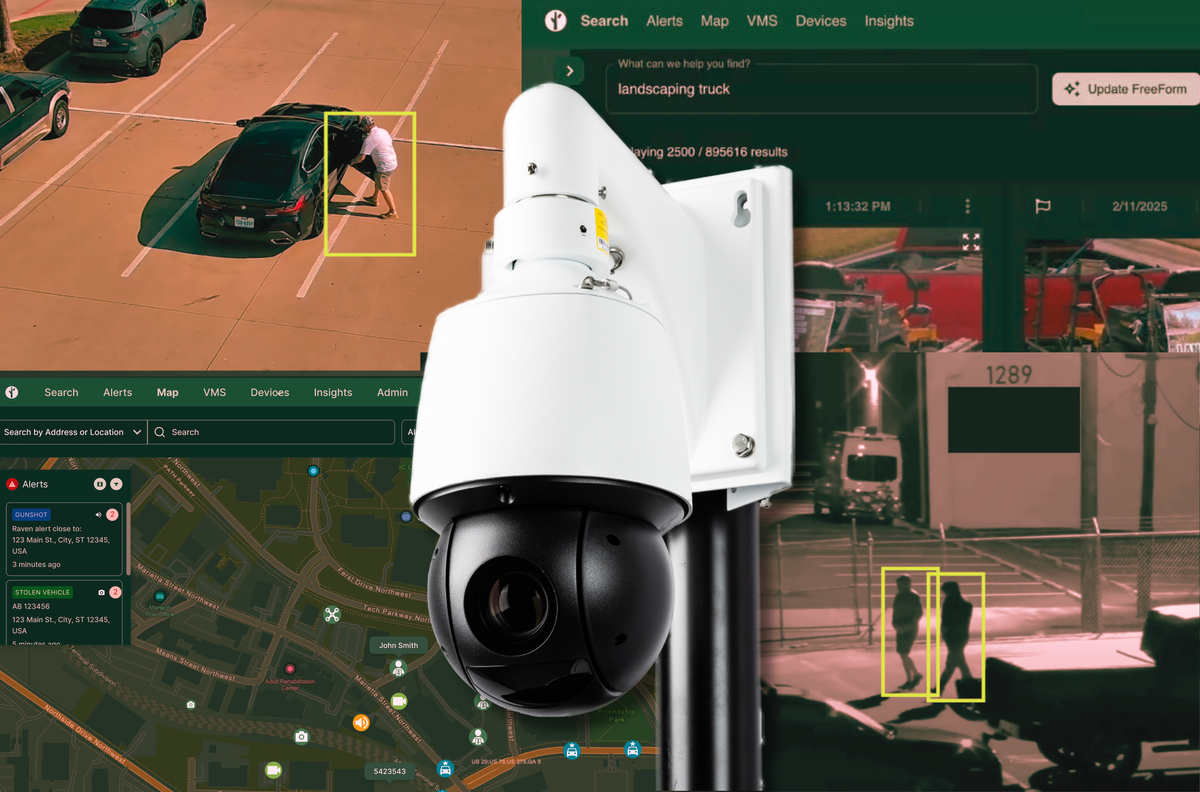Taiwan adds China’s Huawei, SMIC to export blacklist
-
This post did not contain any content.
-
This post did not contain any content.
The Israel of East Asia is doing what it's supposed to do, I guess.
-
The Israel of East Asia is doing what it's supposed to do, I guess.
The fuck?
-
The Israel of East Asia is doing what it's supposed to do, I guess.
Congrats on the single worst comment in the history of the internet. No points for you, may Allah have mercy on your soul.
-
The Israel of East Asia is doing what it's supposed to do, I guess.
I am really surprised your account wasn't from ML. This seems very similar to the usual degenerate word salad you hear from the tankies.
Although I will give you points for originality, this is a somewhat new type of word salad.
-
This post did not contain any content.
“Based on the prevention of arms proliferation and other national security considerations, a total of 601 entities involved in arms proliferation activities were added to the list …[“strategic high-tech commodities entity list”, the Ministry of Economic Affairs’ International Trade Administration said]… including Chinese companies such as Huawei and SMIC,” the administration said in a statement.
-
The Israel of East Asia is doing what it's supposed to do, I guess.
Boi...

-
The Israel of East Asia is doing what it's supposed to do, I guess.
I have to ask, where do you see similarities between the two? How even?
-
Congrats on the single worst comment in the history of the internet. No points for you, may Allah have mercy on your soul.
Upvoted for monotheism.

-
I have to ask, where do you see similarities between the two? How even?
They're both tools created to further Western imperialism and destabilise their respective areas. MacArthur famously called Taiwan America's 'unsinkable aircraft carrier', and through decades of anti communist propaganda and de-sinification and thanks to the vast resources spent on it, it has become way more than just that. If you understand both Israel and Taiwan as extensions of the Western bloc, you will easily comprehend what's going on in their regions and de-spin their narratives.
-
The Israel of East Asia is doing what it's supposed to do, I guess.
I wish Taiwan had nukes and fleets of F-35s, Inshallah
-
I wish Taiwan had nukes and fleets of F-35s, Inshallah
Yeah, God certainly desires disunion and needless death (whilst further supporting the MIC)... I hope you get paid well for this.
-
Upvoted for monotheism.

I threw that flavor in for your benefit.
-
Congrats on the single worst comment in the history of the internet. No points for you, may Allah have mercy on your soul.
Completely unrelated but Isn't lemmy.world one of the most pro-Zionist garbage server or something?
Writing "allah have mercy on your soul" is beyond ironic. -
I threw that flavor in for your benefit.
Maybe add it to your diet, this time to your own benefit.
-
Completely unrelated but Isn't lemmy.world one of the most pro-Zionist garbage server or something?
Writing "allah have mercy on your soul" is beyond ironic.Allah, God, Yhwh, Goddess, Jesus; pretty controversial to say they all refer to the same one.
-
Completely unrelated but Isn't lemmy.world one of the most pro-Zionist garbage server or something?
Writing "allah have mercy on your soul" is beyond ironic.It's on purpose.

-
Maybe add it to your diet, this time to your own benefit.
Ive already eaten the new testament, it was tasteless and yet had something for everyone. 2/10
-
It's on purpose.

I kinda expected the person behind it to be a Zionist themselves.
-
Ive already eaten the new testament, it was tasteless and yet had something for everyone. 2/10
'Ecclesiastes' might be right for you then. Have a nice day.






